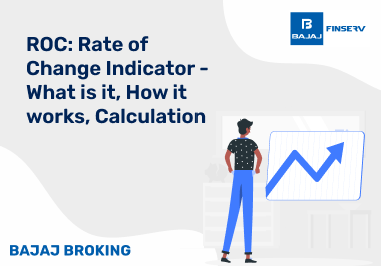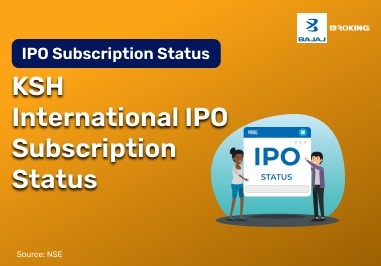If you are new to the world of investing, there is a chance you've heard of the Nifty 50. Since it represents the top 50 Indian companies, it is often recommended and is one of the most popular and safest options for new investors.
However, the investment industry has expanded in the modern era, and the Nifty 50 TRI is now another index that is frequently discussed.
Both sound rather similar at first, and you may be asking yourself, "Aren't they basically the same thing?" In actuality, they are related, but their representations of you as an investor differ significantly. Being aware of this distinction can help you choose where to invest your money more wisely.
Thus, let's examine the Nifty 50 and Nifty 50 TRI in the most straightforward manner.
What is Nifty 50
You can think of the Nifty 50 as the stock market scoreboard. It tracks the performance of the 50 largest companies in India - leaders in their industry across the various sectors, including consumer products, financials, IT, telecoms, and oil and gas.
These large corporations and the stock market as a whole are often performing well when the Nifty 50 index rises. It indicates that things are not going as well if it falls. This indicator is frequently used by investors to gauge the overall state of the market.
Importantly, though, the Nifty 50 exclusively tracks changes in these companies' share prices. Any additional earnings, such as dividends, are not included. You see the grades in one topic but not the others, so it's like only reading half of a company's report card.
Additional Read: What is Nifty 50
What is Nifty 50 TRI?
Nifty 50 TRI is useful in this situation. As the name implies, the Total Return Index, or TRI, provides you with the big picture.
In contrast to the standard Nifty 50, the Nifty 50 TRI displays both the dividends that firms pay and changes in stock prices. In essence, dividends are payments made by businesses to their shareholders from their profits. The Nifty 50 TRI helps you understand how your money can grow by include these dividends in the returns.
Let's look at a brief illustration. Suppose you bought stock in a corporation. The share price increased by ₹100 during the course of a year, and you received a ₹20 dividend from the firm. Only the ₹100 growth would be visible if you looked at the Nifty 50. However, the real growth, including dividends, would be ₹120, as shown by the Nifty 50 TRI.
Because it displays the actual earning potential, TRI is quickly taking the lead as the preferred method of performance evaluation.
According to statistics, you would have received more than 10% average returns nearly 83% of the time if you had invested in Nifty 50 TRI at any time after June 1999 and remained invested for at least 7 years. I think that's a fairly good record.
Key Features of Nifty 50 TRI
The following are some key points regarding Nifty 50 TRI that you should be aware of:
Consists of the Top 50 enterprises: Similar to the Nifty 50, the TRI comprises the largest and most reliable enterprises in India.
Presents a Complete Picture: It incorporates dividends into the computation in addition to tracking stock prices.
Helpful for Comparison: Since it provides a more equitable benchmark, many mutual funds are being compared against Nifty 50 TRI rather than Nifty 50.
Employs Astute Methodology: The firms are chosen according to their "free-float market capitalization," which is only the amount of their stock that is open for trading by the general public.
Difference Between Nifty 50 and Nifty 50 TRI
Meaning and Scope
Nifty 50 is a stock market index that tracks only the share prices of the top 50 Indian companies. Nifty 50 TRI, however, tracks both share prices and dividends together.
Market Movements through a Comprehensive Lens
The main difference is Nifty 50 reflects only price movements, while Nifty 50 TRI combines price movements with dividends. This broader view helps investors understand actual returns more accurately.
Assessing Mutual Funds and Equity
Earlier, mutual funds were benchmarked against Nifty 50, which gave an incomplete picture. Today, they are compared with Nifty 50 TRI, ensuring fairer and more reliable performance evaluation.
Why it Matters for Investors
By including dividends, Nifty 50 TRI shows how investments truly grow over time. This makes it a better benchmark for long-term planning, portfolio comparison, and smarter investment decisions.
Additional Read: nifty next 50
Conclusion
In the stock market, the Nifty 50 and Nifty 50 TRI are both crucial instruments. Nifty 50 is straightforward and well-known, but because it excludes dividends, it doesn't provide a whole picture.
On the other hand, because Nifty 50 TRI takes into account both stock prices and dividends, it provides you with a comprehensive and transparent picture of how your investment may increase.













